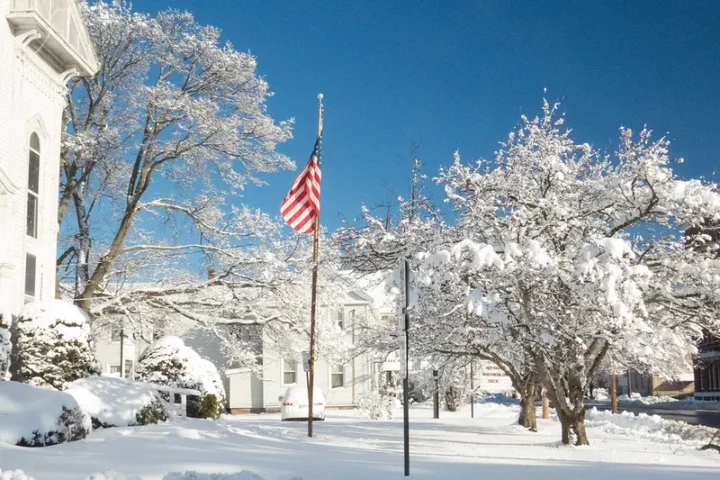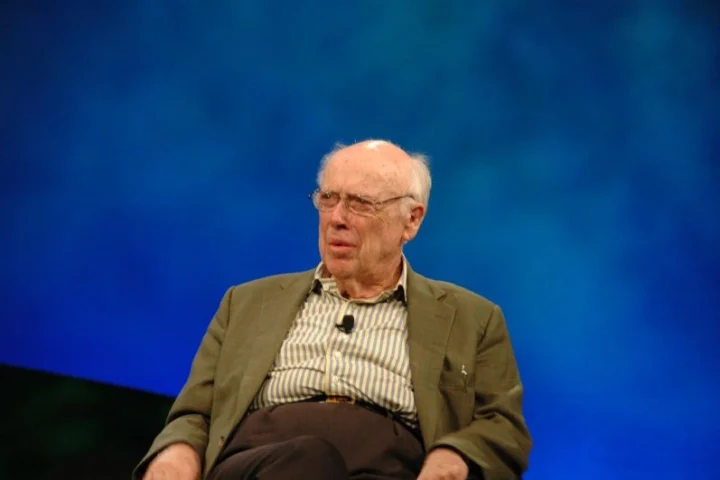The Public Service Loan Forgiveness (PSLF) program, established in 2007 to provide student debt relief to public sector workers, has undergone significant reforms under the Biden administration. These changes have resulted in a dramatic increase in the number of borrowers receiving loan forgiveness, from a mere 7,000 before 2021 to over 1 million as of October 2024.
Expanded Eligibility and Streamlined Process
A key factor in this surge is the temporary waiver introduced by the Biden administration in 2021. This waiver expanded eligibility by allowing borrowers to receive credit for past periods of deferment or forbearance, among other changes. The Education Department subsequently updated the rules in 2022 to make these expanded eligibility criteria permanent.
Alongside expanded eligibility, the Biden administration has streamlined the application process. PSLF management has been centralized under the Department of Education, enabling borrowers to apply and track their progress directly on StudentAid.gov. This removes reliance on external loan servicers, which had previously contributed to confusion and rejections.
Economic Impact on Public Servants
For the 1 million-plus borrowers who have benefited, PSLF forgiveness has been transformative. Higher education expert Mark Kantowitz says, “The President’s student loan forgiveness plan is not well targeted at borrowers who are struggling financially. Some borrowers will get forgiveness, despite being capable of repaying their loans. Other borrowers will get some forgiveness, but not enough to pay off their debt in full, despite struggling to make any payment.”
A first-generation college graduate, Newman, shared how receiving student loan forgiveness through the Temporary Expanded Public Service Loan Forgiveness (TEPSLF) program was life-changing. With over $60,000 forgiven, the relief allowed her to finally see a path forward, free from the financial burden that had compounded over the years, even while making payments. Navigating the process wasn’t easy—she faced barriers like missing documents and employer certification delays—but she urged others to persevere, noting that the effort is worth it. The framed forgiveness letter now hangs proudly in her office as a reminder of the journey.
Similar Posts
Contrast with the Previous Administration
The Biden administration’s approach to PSLF starkly contrasts that of the Trump administration. Former Education Secretary Betsy DeVos, while stating she was faithfully following Congress’s rules, presided over a 99% denial rate for PSLF applications. President Trump himself repeatedly proposed eliminating the program.
President Biden has reformed PSLF and forgiven more student loan debt than any other president. Across various forgiveness programs, nearly 5 million Americans have seen $175 billion in student loans canceled.
Ongoing Legal Challenges and Commitment
Despite these successes, the Biden administration’s broader student loan relief efforts have faced legal setbacks. Its one-time student loan forgiveness program, which would have canceled up to $20,000 for many borrowers, was struck down by the Supreme Court. Additional relief efforts, like the new SAVE repayment plan, are currently tied up in litigation brought by Republican-led states.
Nevertheless, the administration remains committed. Vice President Kamala Harris has vowed to keep fighting for student debt relief and characterized Republican opposition as an effort “to block millions of their constituents from receiving this much-needed economic relief.”
A Promise Restored, But Work Remains
The PSLF program, once marred by administrative hurdles and sky-high denial rates, has been revitalized under the Biden administration’s reforms. For over a million public servants, it’s delivering on its original promise of debt forgiveness after a decade of service.
Yet, as the legal battles over broader student debt relief efforts demonstrate, there’s still much work to be done to ease the $1.6 trillion student loan burden in the U.S. How these fights play out could significantly impact the financial futures of millions of Americans, public servants and private sector workers alike.

















